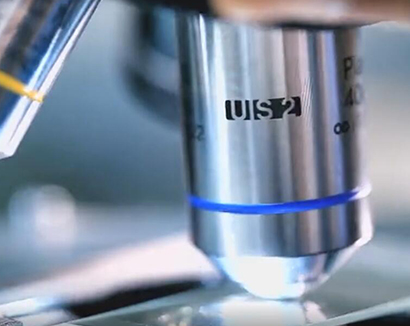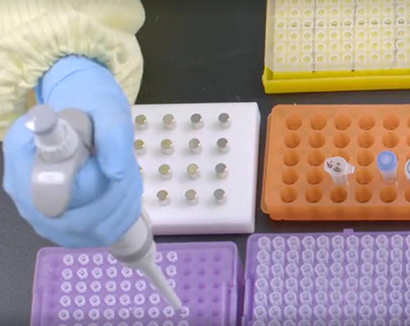


Diagnostic Services
Clinical Blood And Body Fluid Testing
Clinical blood and body fluid testing is one of the commonly used test items in clinical practice. It has a wide range of clinical applications in the aspects of abnormal function judgment, disease screening, etiology identification, efficacy evaluation and prognosis monitoring. The company has introduced advanced testing equipment, a professional clinical testing team and a mature clinical blood and body fluid testing platform to carry out a variety of clinical blood and body fluid testing. The Shanghai Medical Laboratory can now carry out HLA antibody testing. Etc., Shenzhen Medical Laboratory can carry out HLA antibody detection, MRD detection, flow cytometry and so on.
01.
HLA Antibody Specific Detection
02.
Minimal Residual Lesion Detection
03.
Flow Cytometry
a)Immunophenotyping


b)PNH clone detection
c)Hematopoietic stem/progenitor cell count - CD34+ cell percentage/absolute count

Shanghai Headquarters
Address: Buildings 9-10, No. 3377 Kangxin Road, Pudong New Area, Shanghai
Scan on us